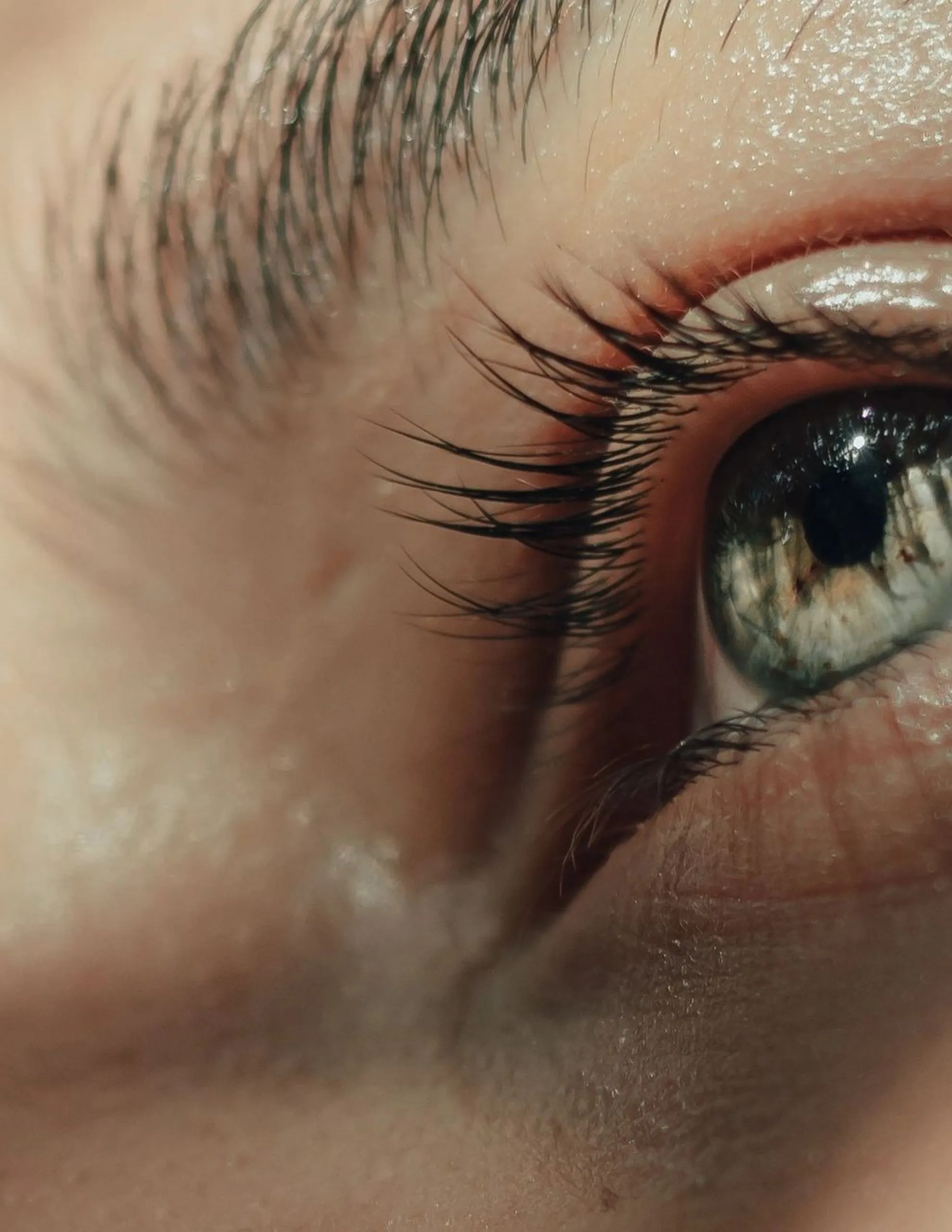In the world of computer-generated imagery (CGI), achieving photo-realism has always been a goal that pushes the boundaries of artistic and technological innovation.
Photo-realism in CGI is the art of creating digital images that are so lifelike and convincing that they are often mistaken for actual photographs. This remarkable feat requires a combination of advanced software, powerful hardware, and the artistic prowess of CGI artists. In this blog, we’ll delve into the fascinating world of photo-realism in CGI and explore how this technique has revolutionised industries ranging from entertainment to architecture and beyond.
The Quest for Realism
From its early beginnings to today’s cutting-edge CGI, the pursuit of realism has driven technological advancements. CGI artists strive to capture the intricate details of lighting, textures, reflections, and even imperfections that define the natural world. This ambition has led to the development of sophisticated rendering techniques, ray tracing algorithms, and physics-based simulations that simulate the behaviour of light and materials with astounding accuracy.
The Role of Lighting and Materials
Lighting plays a pivotal role in achieving photo-realism. Just like in photography, the way light interacts with objects in a scene significantly impacts its visual quality. CGI artists meticulously study how light bounces off surfaces, creates shadows, and interacts with various materials. With advancements in rendering software, global illumination techniques have become more accessible, enabling the simulation of complex light interactions and producing scenes that feel genuinely immersive.
Materials also play a crucial role in achieving photo-realism. Creating materials that accurately mimic real-world counterparts requires a deep understanding of material properties, including reflectance, transparency, and how they react under different lighting conditions. This attention to detail ensures that CGI objects not only look real but also behave realistically as they interact with their environment.

The Human Element
Photo-realism isn’t just about creating visually accurate environments; it also involves the creation of lifelike characters. Achieving realistic human characters is particularly challenging due to the complex nature of human anatomy, skin, hair, and facial expressions. CGI artists employ techniques such as subsurface scattering, displacement mapping, and advanced rigging systems to breathe life into their digital creations. As a result, characters in CGI films, video games, and architectural visualisations can convey emotions and expressions as convincingly as their real-life counterparts.

Applications Across Industries
The impact of photo-realism in CGI extends across various industries. In the realm of entertainment, CGI-driven movies and video games can transport audiences to fantastical worlds that are visually indistinguishable from reality. Architectural visualisation leverages photo-realism to showcase building designs in their real-world context, enabling architects and clients to explore spaces before they are constructed. Product design, automotive engineering, and even medical simulations benefit from photo-realistic CGI to visualise concepts and test scenarios before physical production.
Photorealism in CGI represents the convergence of artistry and technology, bringing digital imagery closer to the natural world than ever before. The ongoing pursuit of photorealism has not only transformed the entertainment industry but has also found applications in fields as diverse as architecture, medicine, and design. As technology continues to evolve, the line between reality and CGI will continue to blur, offering us breathtaking visuals that captivate the imagination and challenge our understanding of what is possible.






